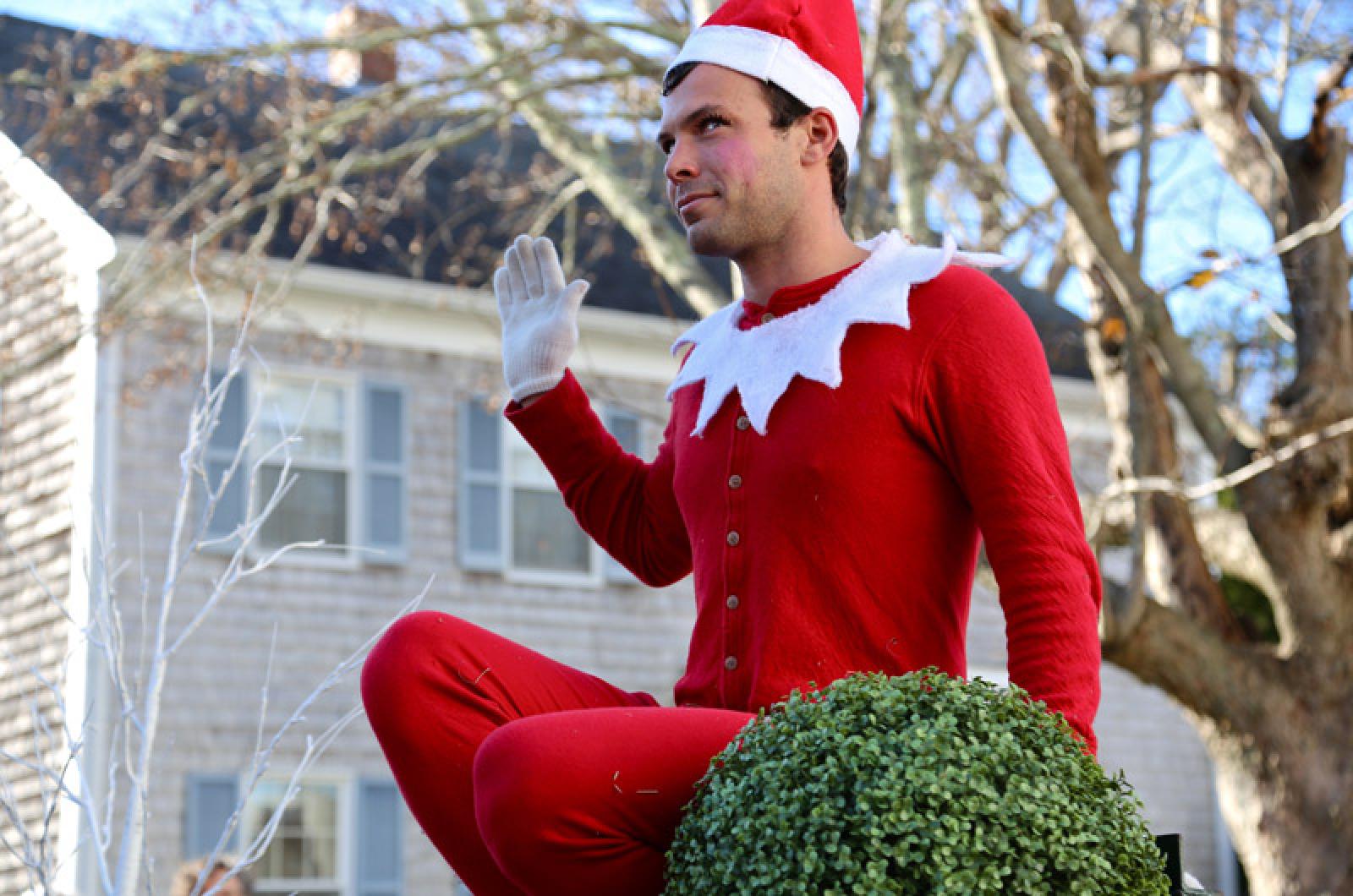Santa can’t do it all alone. Mrs. Claus, of course, gets lots of credit for the gifts, festivities and supporting the jolly one, but Christmas wouldn’t happen without all of those elves.
Elves have a long history of bringing bad luck and mayhem, but their presence as Santa’s helpers changed their reputation, putting them in a much more positive light.
Christmas elves are a recent phenomenon in this country. Credit has been given to Louisa May Alcott, who, in the 1850s, wrote of such beings. There are, however, European holiday elf traditions that precede Alcott’s mention.
The predecessors of our elves were possibly Scandinavian mythological creatures, Nisse and Tomte (also called tomtenisse) from Denmark and Sweden respectively, whose presence was associated with the winter solstice. Nisse roughly translates to “dear little relatives,” as these creatures had their origins as ancestors of farmers. These little relatives were believed to have originally cleared the forest for farmlands, and when their work was done, were buried in a mound on the new farm.
Nisse and Tomte don’t go away, though; rather they remain on the property as guardians protecting the farm and home from evil. Perhaps this is where the Elf on the Shelf phenomenon actually started. These creatures were depicted as small, less than three feet, bearded, with a conical cap in bright colors, much like garden gnomes. Present-day elves’ pointed ears must have come about later. Nisse were generally helpful with farm chores, but were notable for their temper. When their temper flared, they turned to devilish tricks, stole items, and, on a bad day, even maimed or killed livestock.
When these seasonal symbols (elves) took hold in our country, they were presented in a more friendly incarnation, as Santa’s helpers.
With his immense job, it is no surprise that Santa needed their assistance. Christmas elves live and work with the Clauses in what at one time was an undisclosed location, though now with modern tracking equipment we know is at the North Pole. There are both male and female Christmas elves, which are youthful and ageless at the same time.
Their work is varied and has evolved over time with the increased sophistication of gifts. Santa’s original elves had very established tasks. There is Alabaster Snowball, who is in charge of the naughty and nice lists, and Bushy Evergreen, the engineer/inventor and chief toy maker, Pepper Minstix, the chief security officer, and Shinny Upatree, the oldest, friendliest and leader of the clan. Sugar Plum Mary makes the sweet treats and teaches kung fu, and Wunorse Openslae (sound it out) manages the reindeer and sleigh.
All of which leads to this obvious question, from an anonymous (and possibly elfin) source: “Why does Santa Claus get all the attention, when the elves do most of the work?”
My answer is that it’s perhaps the way the world works. But never fear, in the end those who are praiseworthy do get the recognition they deserve. Just look at Rudolph.
And, for that matter, Santa, who would never think of taking the credit due from his diligent elves.
Suzan Bellincampi is director of the Felix Neck Wildlife Sanctuary in Edgartown, and author of Martha’s Vineyard: A Field Guide to Island Nature.







Comments
Comment policy »